

Broken Age should be a hard game to review. Unlike most games, Broken Age prioritizes story over gameplay – and while it’s a great story, full of twists and turns and Double Fine’s signature sense of humor, going into too much detail would spoil everything. If players already know what’s going to happen, then what’s the point?
There’s another complication, too: the first half of Broken Age came out over a year ago. The game started life as one of the first big Kickstarter successes, raising over eight times its initial funding goal, and when production ran behind, Double Fine decided to release the first half of the game to appease its fans.
That’s good for backers, but bad for critics. Now that the full game is out, are plot points from Broken Age: Act One still spoilers? Is there anyone who hasn’t tried Broken Age yet, but wants to? For those players who didn’t like Act One, will a review really change their minds?
Thankfully, the Double Fine team made things easy on critics: Broken Age is a triumph, and everyone should play it. That’s all that needs to be said. Players who enjoyed Act One will find more of the same in Act Two; those who didn’t might want to give the game a second look. While the first half of Broken Age is good, it’s even better with the second half added. Play Broken Age. It’s that simple.
For the uninitiated, here’s the rundown. In Broken Age, players control two characters: Vella, a young girl who’s about to be sacrificed to an ancient monster called Mog Chothra, and Shay, a teenage boy who was raised in a spaceship by a coddling artificial intelligence called “Mom.” At first, the connection between the two characters is thematic, not literal. Instead of peacefully accepting her fate, Vella decides to fight back and kill the monster; meanwhile, Shay’s bored with going on fake, patronizing “missions,” and decides to rebel against Mom and her mechanical overseers.
Eventually, the two storylines converge when players finally see how the two plots connect, it’s a big “a-ha!” moment, and it’s both fiendishly clever and absolutely hilarious. Broken Age is full of moments like those. Players can switch between Shay and Vella at any time, too, providing a welcome respite when puzzles get too tough. Players who get stuck can just flip over to the other character for a while; sometimes, the key to solving a Broken Age puzzle is taking a break and working on something else.
Both Shay and Vella’s adventures play out as a point and click adventure game – in fact, one of the game’s big selling points is that it marks designer Tim Schafer’s return to the genre that made him famous. Adventure games have seen a slight resurgence lately – Telltale Games co-opted the adventure game formula for their unique brand of interactive fiction – but Broken Age keeps things decidedly old school. Players collect objects, talk to other characters, and explore the world, looking for clues. Occasionally, players can combine items to create something new, and there are a few mini-games sprinkled throughout Broken Age‘s two acts, but the bulk of the game’s puzzles boil down to using the right items at the right time.
If that sounds kind of boring, well, it can be. Lesser games in the genre never find a balance between the point-and-clicking and the adventuring. Either the puzzles distract from the story, or they’re so convoluted that they’re virtually impossible to solve without a walkthrough.
Thankfully, Broken Age doesn’t suffer from these problems. The puzzles start out simple, acclimating the player to Broken Age’s world and its rules, and ramp up the difficulty so slowly that most players won’t realize it’s happening. There are only one or two instances where Broken Age devolves into a game of “What is the developer thinking?” and the title offers tons of hints – if the player is paying attention. That’s not to say that Broken Age is easy. Rather, it’s just difficult enough. Solutions are both logical and delightfully unexpected. That’s hard to pull off, but Tim Schafer’s been at this a long time. He knows what he’s doing.
It helps that Broken Age’s world is a great place to spend some time. The game looks fantastic, with fairy tale landscapes that look like they’ve been painted by hand. Animations are equally as impressive, and the voice cast (headlined by Elijah Wood and Masasa Moyo, with appearances by Jack Black, Will Wheaton, and Adventure Time creator Pendleton Ward) does a great job bringing all of Broken Age’s quirky characters to life. Most importantly, however, the whole thing just makes sense. This is a world with hipster lumberjacks, warrior bakers, and knitted robots that get stuck in ice cream avalanches, and yet it never feels silly or random – except when it’s supposed to.
Ultimately, however, it’s the writing that elevates Broken Age above its peers. The game’s laugh out loud funny from the very beginning (the teleporters in Shay’s spaceship are a particular highlight), which helps propel the story through its slower opening chapters. Act One does a great job setting up the world and establishing a formula, but it’s Act Two where things really come together. Thanks to a mid-story plot twist, Broken Age’s second half flips the world on its head. Throwaway gags in Act One become critical story elements in Act Two, and the second half of the game carefully deconstructs every archetype the first part established. If something in Broken Age seems conventional, keep playing. It probably isn’t.
It’s not all perfect, of course. Structurally, the game is a little unbalanced. The puzzles on the Bossa Nostra, Shay’s spaceship, are more focused and much cleverer than those in Vella’s open world. While Act One makes both stories feel important, in Act Two, Vella does most of the heavy lifting. Shay’s story is still fun, but it feels more like a side quest. Finally, the finale doesn’t necessarily give players a great sense of direction. Players can still solve the puzzles at the end of the game – Broken Age is incredibly linear, so there’s really only one thing to do at a time – but it’s not always clear why they’re doing so.
Additionally, while Broken Age handles just fine with a controller, it’s clearly designed with PCs in mind. After all, the genre’s called “point and click” for a reason. Adventure games are all about exploration and observation, and not everybody will have the patience for Broken Age’s slow, deliberate gameplay. That’s not a knock on Broken Age, just a warning to players who game for an adrenaline rush: that’s not going to happen here.
For everyone else, though: do you like jokes? What about stories? If you answered yes, try Broken Age. For those who haven’t tried point and click adventure games, it’s a great introduction to the genre; for those with more experience, well, they don’t get much better than this one. And if you’ve already played Broken Age, rest assured, Act Two isn’t just as funny, charming, and exciting as Act One – it’s even better.
Broken Age – the complete game – comes out April 28, 2015 for PlayStation 4, PlayStation Vita, iOS, Android, Microsoft Windows, Linux, and Mac OS. Game Rant was provided with a PS4 download code for this review.
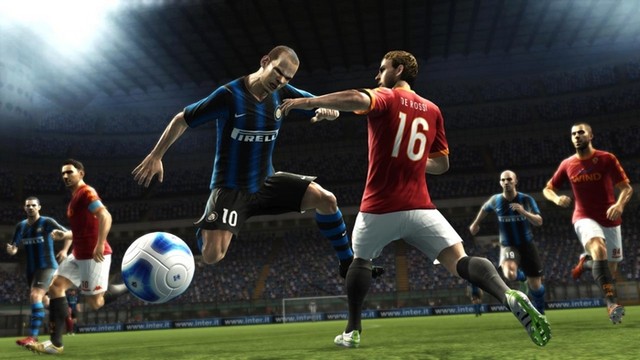
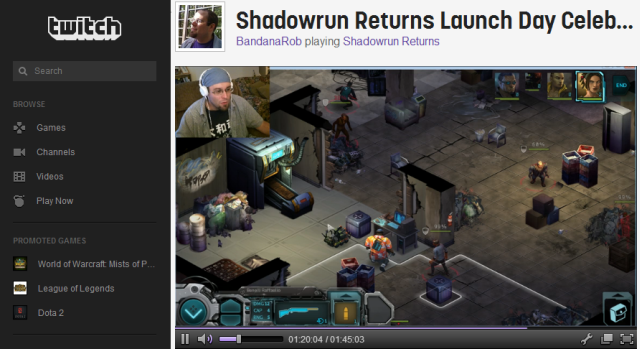
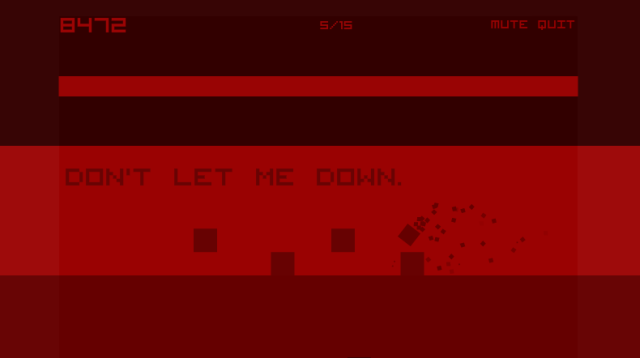
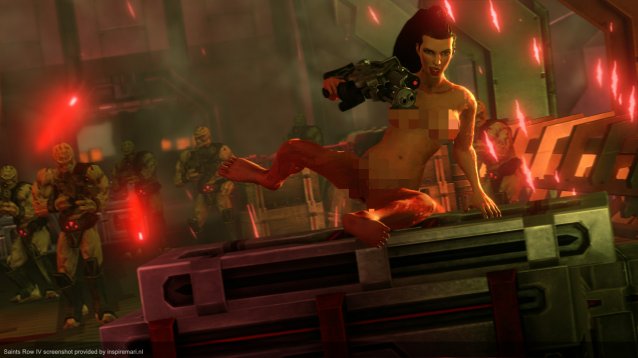
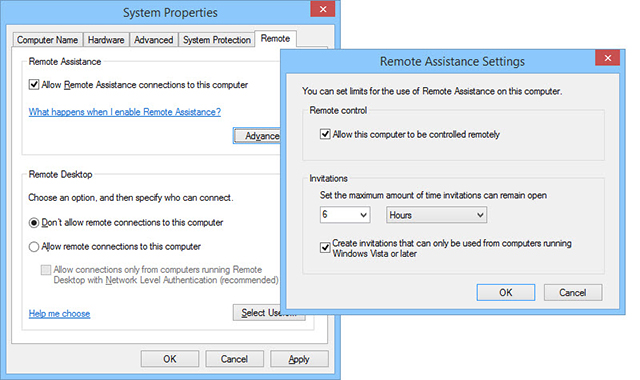 Windows Can Do THIS? 15 Surprising Features You Had No Clue About
Windows Can Do THIS? 15 Surprising Features You Had No Clue About How to fix Call of Duty Advanced Warfare PC Fatal Error, Memory Errors, Shutter issues, Nvidia SLI, Multiple monitor issue, FOV, Cutscene and more
How to fix Call of Duty Advanced Warfare PC Fatal Error, Memory Errors, Shutter issues, Nvidia SLI, Multiple monitor issue, FOV, Cutscene and more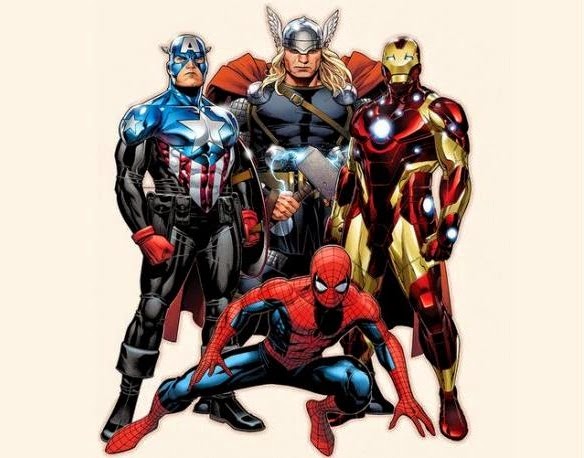 Spider - Man to join Marvels superheroes film in 2017
Spider - Man to join Marvels superheroes film in 2017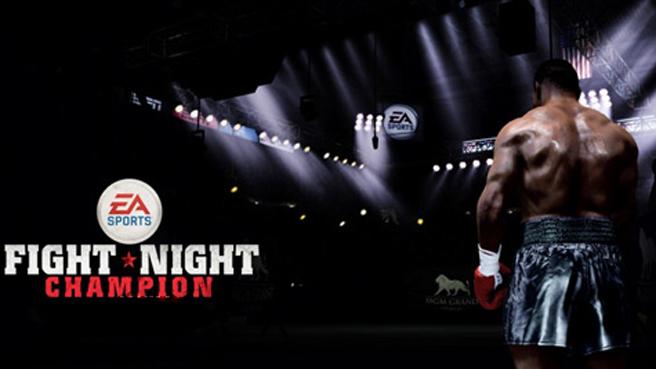 Fight Night Champion Xbox 360 Achievements List
Fight Night Champion Xbox 360 Achievements List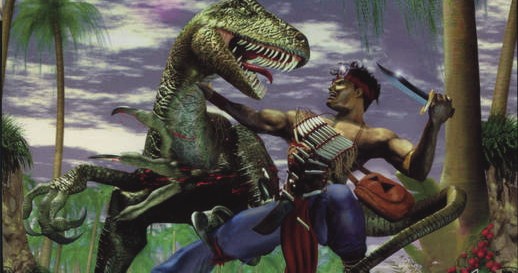 Turok Dinosaur Hunter (Remastered): System requirements
Turok Dinosaur Hunter (Remastered): System requirements